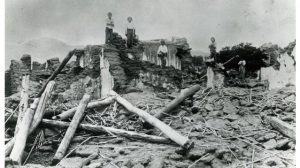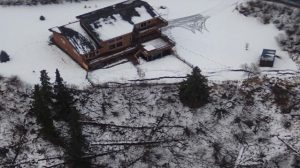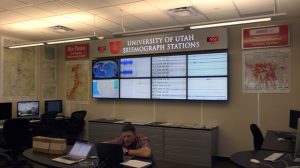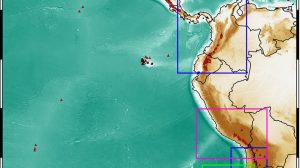Seismological Society of America > News

23 October 2019–Although he grew up in Switzerland and received his Ph.D. at the University of Basel, much of Max Suter’s career has been centered on Mexico. From the Trans-Mexican Volcanic Belt in central Mexico to the Basin and Range province of northwestern Mexico, his research has identified and characterized … Continue Reading »

22 October 2019–Major landslides triggered by the 1964 magnitude 9.2 Great Alaska earthquake responded to, but were not reactivated by, the magnitude 7.1 Anchorage earthquake that took place 30 November 2018, researchers concluded in a new study published in Seismological Research Letters. The shaking that accompanied the 2018 earthquake was … Continue Reading »
The Editors of BSSA and SRL encourage authors for whom English is not their first language to consider utilizing language editing services prior to submission of a manuscript. SSA has partnered with American Journal Experts, Inc. (AJE) to provide English language editing* and other manuscript preparation services for BSSA and … Continue Reading »

2 October 2019–The International Monitoring System is the top global seismic network for monitoring nuclear weapon tests around the world. To expand the system’s detection capabilities, however, international monitors should seek out the data, methods and expertise of smaller regional seismic networks. In a paper published as part of an … Continue Reading »

16 September 2019–Earthquake faults have short memories—or at least, that’s what the traditional earthquake cycle model suggests. Based on the elastic rebound theory proposed by Harry Fielding Reid after the 1906 San Francisco earthquake, the traditional model assumes that each earthquake in an area occurs independently of one another, and … Continue Reading »

5 September 2019–The eastern Pacific Ocean margin stretching from Mexico to southern Chile offers seismologists a “natural laboratory” in which to study and test ideas about the processes of subduction zones, which are associated with some of the world’s largest recorded earthquakes in the region, as well as phenomena such … Continue Reading »





